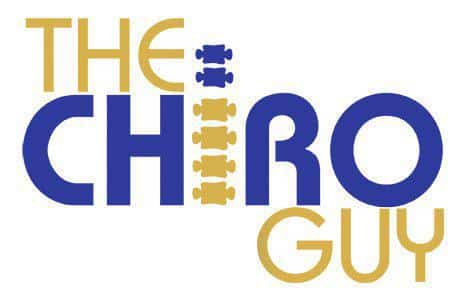
4 Benefits of Cryotherapy for Athletes
June 26, 2023
How to Become a Certified Normatec Specialist
July 10, 2023Spinal decompression therapy has gained popularity in recent years as a non-invasive treatment option for various spinal conditions. However, with its rise in popularity, several myths and misconceptions have also emerged. In this article, we will debunk some of the most common myths surrounding spinal decompression therapy and provide accurate information to help you make informed decisions about your spinal health.
Myth 1: Spinal decompression therapy is painful
One of the biggest misconceptions about spinal decompression therapy is that it is a painful procedure. On the contrary, spinal decompression therapy is designed to be a comfortable and pain-free experience for patients. The therapy involves the use of a traction table or device that gently stretches the spine, creating negative pressure within the discs. This negative pressure helps to alleviate pain and promote healing by allowing nutrients and oxygen to flow back into the affected area. Patients typically report feeling a gentle stretching sensation during the treatment, but it should not be painful.
Myth 2: Spinal decompression therapy is only for severe back pain
While spinal decompression therapy is effective for treating severe back pain, it is not limited to that alone. It is a versatile treatment option that can be used to address various spinal conditions, including herniated discs, bulging discs, sciatica, degenerative disc disease, and spinal stenosis. Additionally, spinal decompression therapy can benefit individuals who have not found relief from other conservative treatments like medication, physical therapy, or chiropractic care. It is important to consult with a healthcare professional who specializes in spinal decompression therapy to determine if it is suitable for your specific condition.
Myth 3: Spinal decompression therapy is the same as traction
Although both spinal decompression therapy and traction involve the use of mechanical force to stretch the spine, they are not the same. Traction is a general term used to describe the application of force to a body part, whereas spinal decompression therapy is a specialized technique that specifically targets the spinal discs. The key difference lies in the advanced technology and precision used in spinal decompression therapy, which allows for controlled decompression and better results. The therapy is typically tailored to each patient’s specific condition, ensuring that the treatment is effective and safe.
Myth 4: Spinal decompression therapy is a quick fix
Spinal decompression therapy is not a magic cure that provides instant relief. It is a comprehensive treatment approach that requires time and commitment. Depending on the severity of the condition, a typical spinal decompression therapy program may involve multiple sessions over several weeks. The therapy aims to provide long-term relief by addressing the underlying causes of the spinal condition and promoting healing. Consistency and adherence to the recommended treatment plan are essential for achieving long-term results and sustained pain relief.
Myth 5: Spinal decompression therapy is not supported by scientific evidence
There is a growing body of scientific evidence supporting the effectiveness of spinal decompression therapy. Numerous clinical studies and research papers have demonstrated the positive outcomes and benefits of this therapy. It has been shown to reduce pain, improve functional ability, and enhance patients’ quality of life. However, it is crucial to seek treatment from a qualified healthcare professional who is experienced in administering spinal decompression therapy. They can provide you with the necessary information and help you understand the scientific evidence supporting its effectiveness.
Myth 6: Spinal decompression therapy is risky and has side effects
Spinal decompression therapy is generally considered safe when performed by a trained professional. The procedure is non-invasive and does not involve any surgical incisions. Unlike invasive treatments like surgery, spinal decompression therapy carries minimal risks and side effects. Some patients may experience mild soreness or discomfort after the sessions, but these effects are temporary and typically subside within a short period. It is important to discuss any concerns or pre-existing conditions with your healthcare provider before starting spinal decompression therapy.
Spinal decompression therapy is a safe and effective non-invasive treatment option for various spinal conditions. It is important to separate the facts from the myths surrounding this therapy. By debunking these common misconceptions, individuals can make informed decisions about their spinal health and explore the potential benefits of spinal decompression therapy. Remember, always consult with a qualified healthcare professional to discuss your specific condition and determine the most appropriate treatment approach for you. They can provide personalized guidance and ensure that you receive the best possible care for your spinal health.




